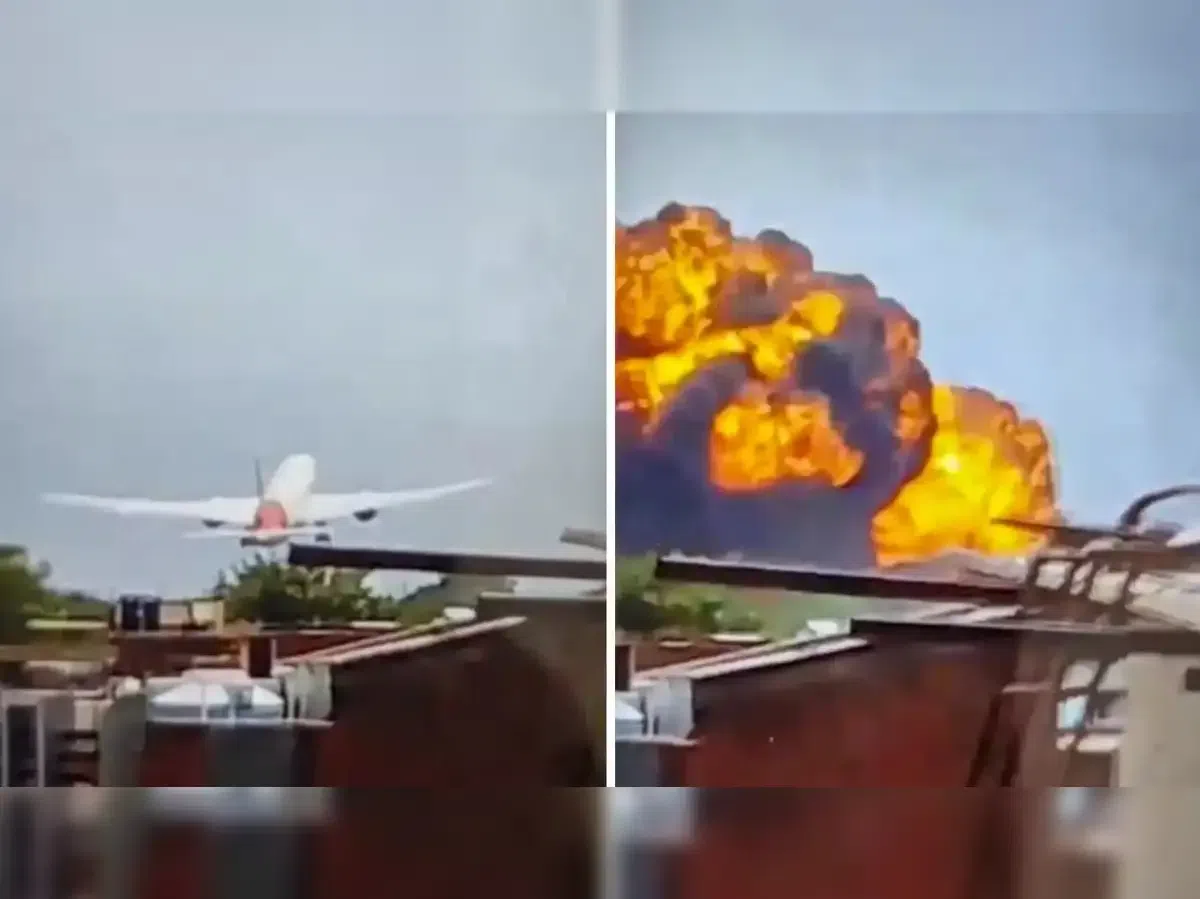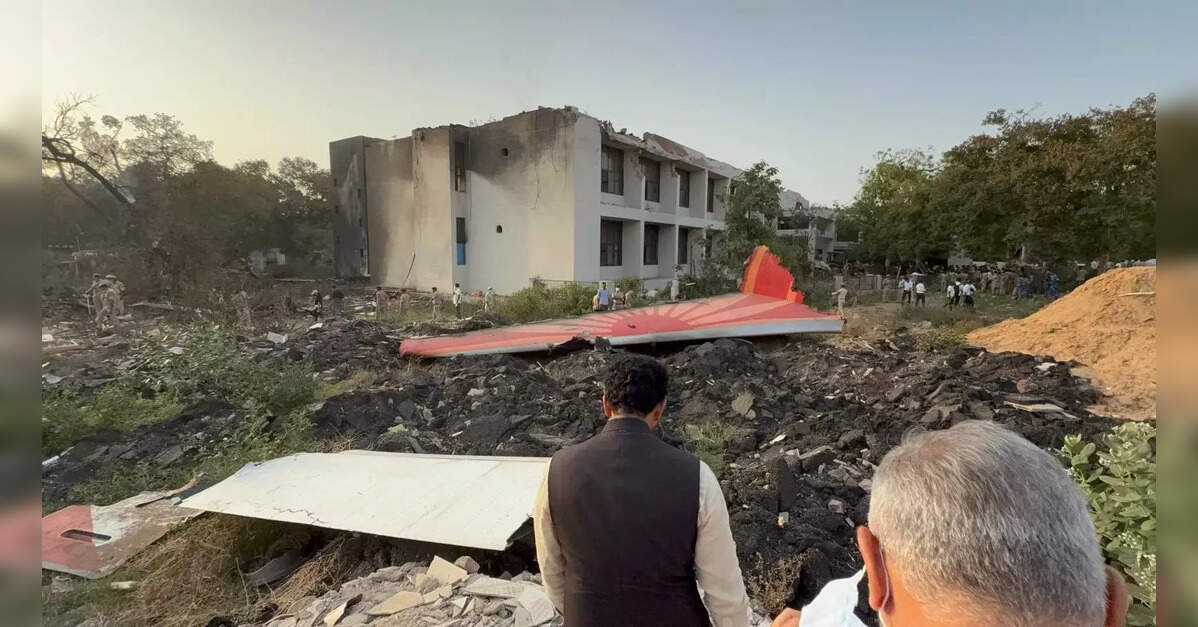Investigation and Aftermath of Air India Flight 171 Incident

Air India flight AI 171, a London-bound Boeing 787-8 Dreamliner, tragically crashed on Thursday afternoon, June 12, 2025, moments after taking off from Ahmedabad airport. The devastating incident claimed the lives of 241 people on board and at least 24 on the ground when the aircraft impacted a medical college hostel. In the wake of this profound tragedy, Air India made the decision to re-number the flight, aiming to prevent triggering trauma and to disassociate the route from the incident in the minds of passengers and travelers. Consequently, the flight from Ahmedabad to Gatwick (London) will now be designated AI 159, with the return flight re-numbered to AI 160. This change is expected to take effect promptly.
The strategic re-numbering of a flight following a major aviation tragedy is a precedent observed in previous incidents. Notable examples include Malaysian Airlines altering MH370 to MH318 in 2014 after its disappearance, and Lion Air modifying JT610 to JT618 after its 2018 crash into the Java Sea. The Ahmedabad crash, which carried 242 individuals including 12 crew members, resulted in a single survivor: Vishwash Kumar Ramesh, an India-born British national. The aircraft, fully loaded with approximately 125,000 litres of fuel, initiated a slow descent shortly after its 1:38 PM takeoff, with its landing gear still extended, before the catastrophic explosion upon impact. Data from Flightradar24 indicated the plane reached an altitude of 625 feet (190.5 meters) and a speed of 174 knots.
Initial investigations into the crash commenced immediately. Aviation experts and former pilots emphasized the Boeing 787's reputation as one of the safest fleets to operate, noting the extreme rarity of such accidents and the difficulty in determining the precise cause solely from publicly available visuals. Reports from Ahmedabad airport officials detailed that an IndiGo flight, which was preparing for takeoff, aborted its departure due to suspected issues with the Air India takeoff, as its pilot reportedly heard unusual noises before observing fire. The Aircraft Accident Investigation Bureau (AAIB) began the crucial task of collecting material evidence on Friday, following the initial rescue operations.
Significant progress towards accelerating the investigation was made on Friday, June 13, 2025. The black box, comprising the cockpit voice recorder and flight data recorder, was successfully recovered that afternoon, a mere 28 hours after the crash. Civil Aviation Minister Ram Mohan Naidu confirmed this pivotal recovery on social media, acknowledging its importance for the inquiry. Prime Minister Narendra Modi visited the crash site, convened a high-level review meeting, and subsequently met with the injured, the lone survivor, and the family of former Gujarat chief minister Vijay Rupani, who was among the deceased. Air India CEO and MD Campbell Wilson also attended the site, while Tata Sons Chairman N Chandrasekaran, who arrived in Ahmedabad on the day of the crash, briefed group company CEOs and issued a note to employees, labeling the event the "darkest hour" for the Tata group and assuring full transparency in the high-level committee's probe.
In response to the tragic incident, the Directorate General of Civil Aviation (DGCA) issued an immediate directive for an 'enhanced safety inspection' of Air India's entire Boeing 787-8 and 787-9 fleet equipped with GEnx engines. This order, dispatched on Friday, mandated a new round of comprehensive checks to commence from Sunday, June 15, 2025, before each flight's departure from India. The specified inspections include rigorous examination of fuel parameter monitoring systems to ensure accurate fuel flow, cabin air compressors vital for pressurization and ventilation, and electronic engine control (EEC) units to verify optimal engine health and response.
The DGCA directive further stipulated operational testing of the engine's fuel-driven actuator and oil systems, both critical for regulating engine components and ensuring proper lubrication and cooling. Mandated thorough checks of the hydraulic system, which powers essential functions such as landing gear, braking, and flight control surfaces, were also ordered. Additionally, Air India is required to conduct a detailed review of take-off performance data to identify any anomalies in engine output, aircraft weight calculations, or environmental factors that could compromise safe departure. The directive also included flight control inspections in all transit checks—routine inspections performed between an aircraft's arrival and its subsequent departure—to prevent overlooking any issues during quick turnarounds. Power assurance checks, verifying adequate engine thrust, must be completed within two weeks, and all repetitive technical snags observed over the past 15 days must be promptly addressed. All inspection reports are to be submitted to the DGCA, with regional offices tasked with overseeing compliance. Air India currently operates a fleet of 34 Boeing 787 aircraft (Dreamliners) and has firm orders for 20 more, along with options for 24 additional units. The airline's total fleet comprises 190 aircraft with an average age of 8.4 years, while globally, 1,148 Boeing 787s are in service, with an average age of 7.5 years.
As technical scrutiny intensified, Air India pledged extensive support to those affected, deploying an advanced team of nearly 100 caregivers and 40 engineering staff to Ahmedabad. The airline is actively establishing multiple friends and relatives assistance centers at Ahmedabad, Mumbai, Delhi, and London Gatwick airports. Internationally, other nations are also enhancing air safety measures; for instance, Japan's transport ministry instructed its carriers to inspect their Boeing 787 aircraft in the aftermath of the tragedy. Conversely, US Transportation Secretary Sean Duffy commented on Friday that it would be "way too premature" to consider grounding the entire Boeing 787 fleet. Meanwhile, social, print, and electronic media remain abuzz with speculation regarding the crash's cause, fueled by a one-minute video clip that providentially captured the terminal 17 seconds of the flight, posing a challenging brainteaser for experts and the general public alike.












